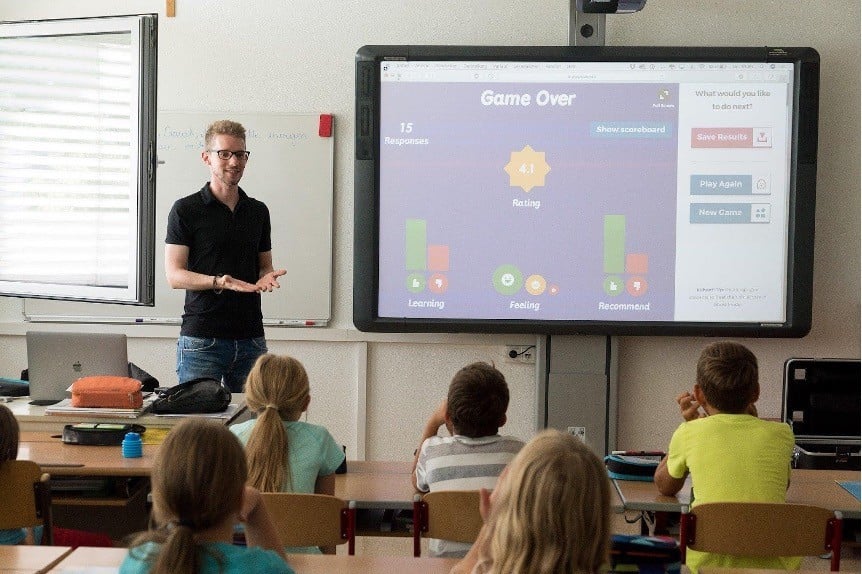 |
| Sweden's spending on education is among the highest among OECD countries. |
Education is a fundamental human right that forms the foundation for social progress and national development. Recognizing this, countries around the world have adopted various strategies to ensure that universal education, from pre-school to secondary level, is provided free of charge to all citizens.
Finland invests 5.88% of GDP in education
Finland is considered a model of success in the field of education. With a firm commitment to providing free primary education, the Finnish government allocates a significant portion of its budget to support this effort.
Specifically, government spending on education in Finland reached 5.88% of gross domestic product (GDP) in 2020, compared to the global average of 4.62%, based on data from 150 countries by the World Bank (WB).
From 1970-2020, the average proportion of Finland's budget spent on education was 5.85%, with a minimum of 4.48% (1974) and a maximum of 7.49% (1993), according to the Global Economy website.
Finland emphasizes the important role of a well-rounded education in fostering critical thinking and creativity. This investment includes providing access to student homes, improved facilities, well-trained teachers, and a comprehensive curriculum.
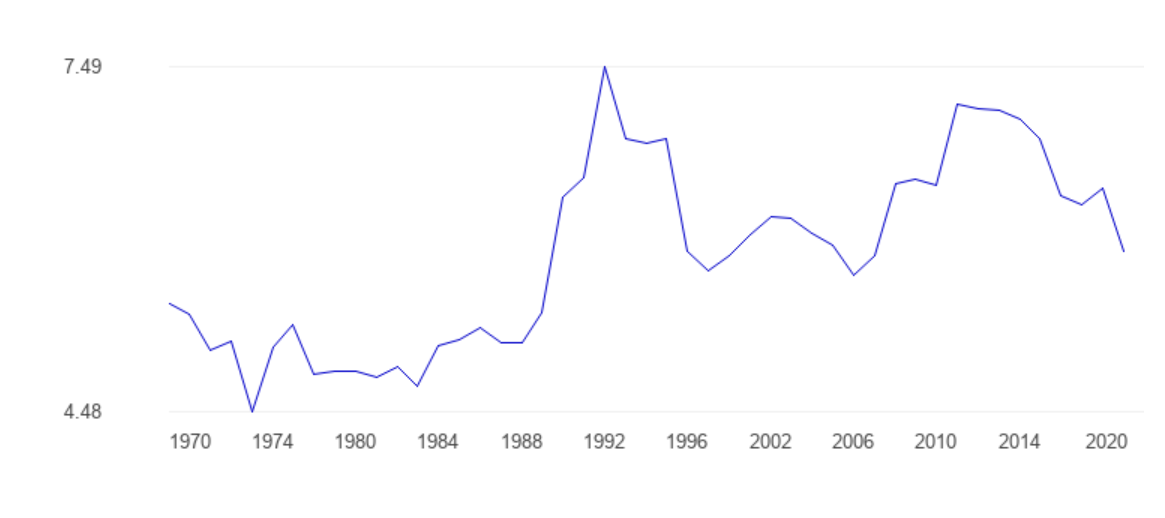 |
| Finland's budget for education from 1970 to 2020. |
Sweden spends about $10,548 per student per year.
Sweden places special emphasis on providing free, high-quality, and accessible primary education to its citizens.
Education in Sweden is compulsory for children between the ages of 6 and 16. Like Finland, most schools in Sweden are publicly funded. The government covers the costs involved in running a school, including teacher salaries, facilities, and educational materials.
Students do not pay tuition fees to attend public schools in Sweden, from kindergarten to high school. This policy ensures that education is accessible to everyone, regardless of background.
Sweden places a strong emphasis on the professional development of teachers. Teachers are required to have relevant teaching qualifications and are encouraged to participate in continuing professional development.
In 2020, OECD countries spent an average of 5.1% of GDP on primary to tertiary education. In Sweden, the corresponding share was 5.7% of GDP, of which 35% was spent on primary education, 16% on lower secondary education, 20% on upper secondary education, 1% on post-secondary education, 1% on short-term university programmes and 27% on bachelor's, master's and doctoral programmes or equivalent.
Sweden's spending on education services and research & development (R&D) is among the highest among OECD countries, reaching an average of 10,548 USD (about 258 million VND)/student/year for primary, secondary and post-secondary education.
Between 2008 and 2011, Sweden prioritized education as a key public sector, with spending increasing faster than public spending on all other services, while it fell in half of the OECD countries.
Germany spends 9.8% of GDP, including free tuition for international students
Germany's commitment to universal education is reflected in free tuition for both domestic and international students.
This means that studying at public schools from primary to high school is free of tuition. The government funds the related costs, including teacher salaries, facilities and educational materials.
About half of Germany's universities are public and these offer free tuition to students. In 2014, Germany officially exempted tuition fees for most undergraduate and master's students, regardless of their national origin.
Germany will spend around €351 billion on education, science and research in 2021. This is an increase of €17.1 billion, or 5%, compared to 2020, the German Federal Statistical Office (Destatis) reports. Education spending accounted for 9.8% of GDP in 2021, the same as the previous year. In 2019, the pre-Covid-19 pandemic period, the share was lower at 9.5%.
India, China: Government funding up to age 14, efforts to make education completely free
In India, the Right to Education Act, 2009, is the cornerstone of the country's commitment to providing compulsory and accessible education to children between the ages of 6 and 14. The Act not only affirms education as a fundamental right, but also obliges the government to ensure that every child has the opportunity to receive quality education.
According to the latest Economic Survey of India 2022-23, total education expenditure, including both national and state-level expenditure, added 2.9% to the country's GDP in 2022 - a rate that has remained constant over the past four years.
This figure is much lower than India’s education budget ambition of 6% of GDP set in the National Education Policy 2020. The share of total annual education expenditure is around 10% of total government expenditure across all sectors and has been falling below 10% since 2020-21.
Meanwhile, China's nine-year compulsory education policy allows students from the age of six nationwide to study for free in both primary school (grades 1 to 6) and secondary school (grades 7 to 9). This policy is government-funded, with free tuition.
Secondary education (grades 10 to 12) and higher education are not compulsory and free in China.
According to China's Ministry of Education, national spending on education reached nearly 5.8 trillion yuan (about 840 billion U.S. dollars) in 2021, up 9.13 percent from the previous year. Government spending on education stood at 4.58 trillion yuan in 2021, accounting for 4.01 percent of the country's GDP.
The decision not to provide completely free primary education in China and India stems from challenges related to large populations, economic distribution constraints, and development priorities.
Balancing education with other pressing needs, ensuring high-quality education, and navigating cultural-historical contexts are factors to consider when considering making education completely free in these two billion-population superpowers.
Despite efforts to expand access and reduce costs, achieving completely free education in China and India remains a long way off.
Source


![[Photo] Closing of the 11th Conference of the 13th Central Committee of the Communist Party of Vietnam](https://vstatic.vietnam.vn/vietnam/resource/IMAGE/2025/4/12/114b57fe6e9b4814a5ddfacf6dfe5b7f)

![[Photo] Overcoming all difficulties, speeding up construction progress of Hoa Binh Hydropower Plant Expansion Project](https://vstatic.vietnam.vn/vietnam/resource/IMAGE/2025/4/12/bff04b551e98484c84d74c8faa3526e0)







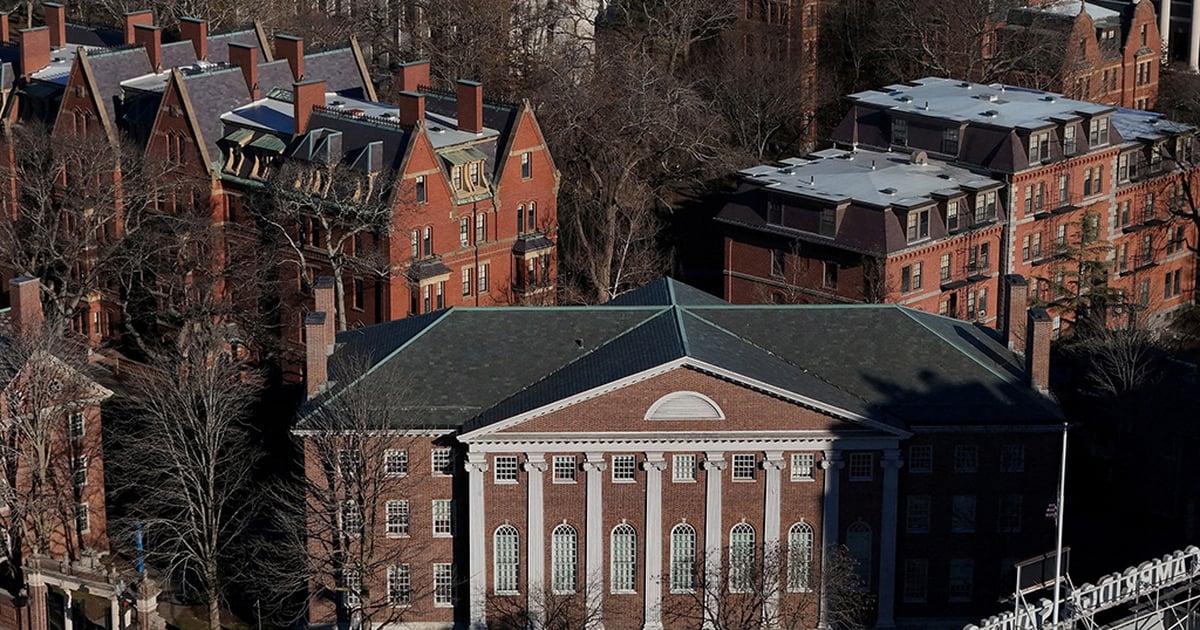



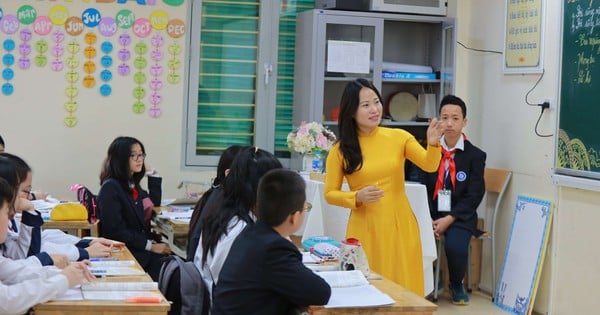

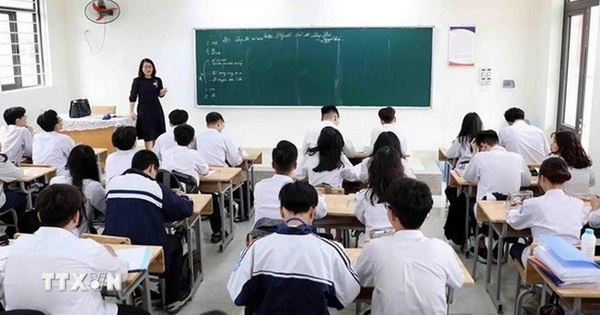


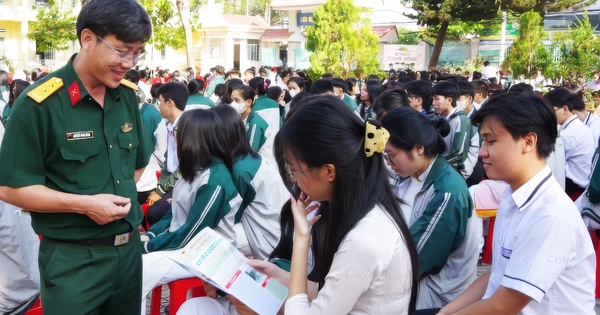
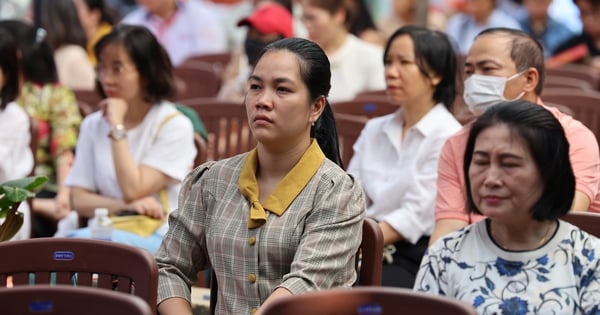

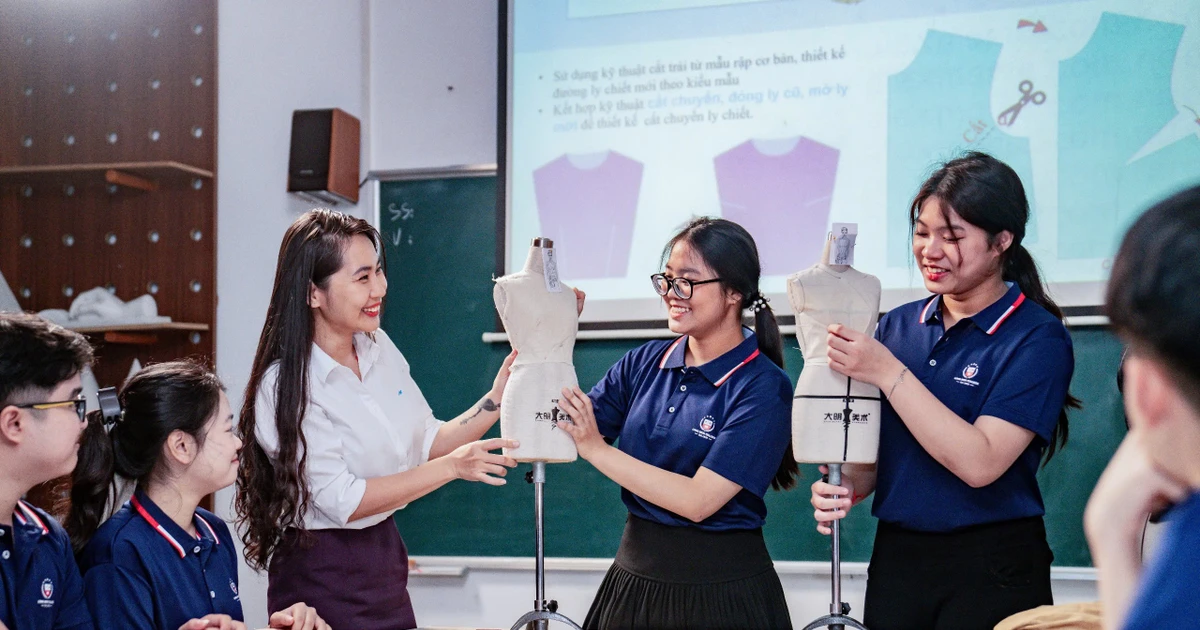



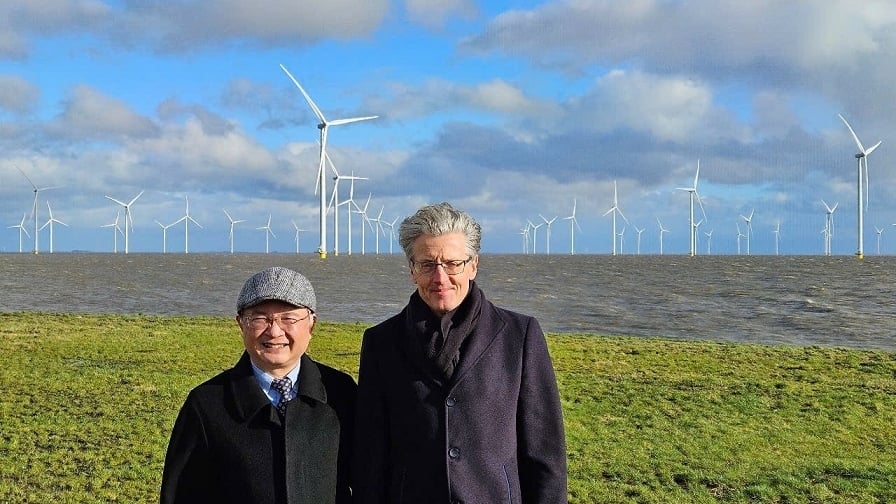






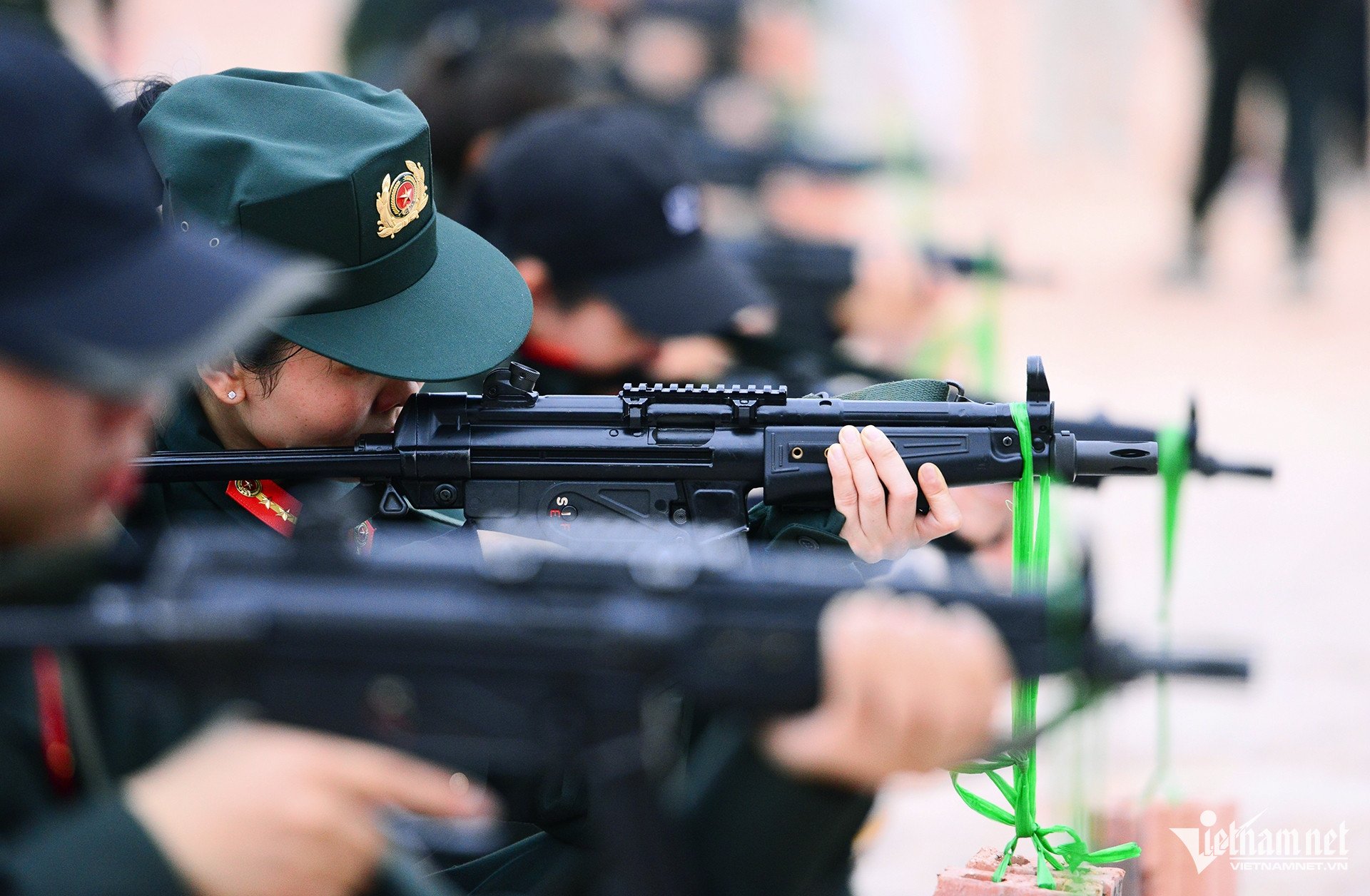































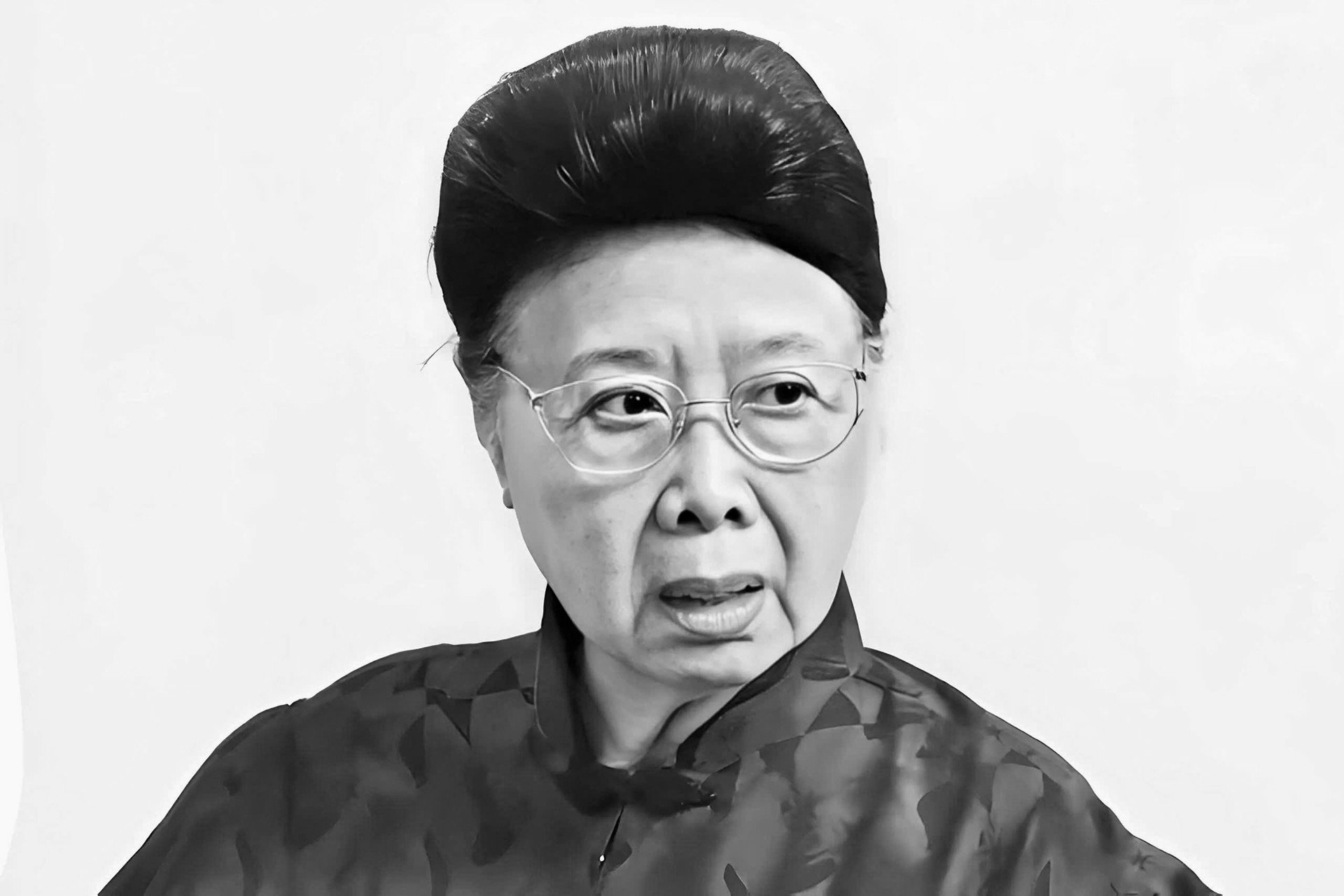








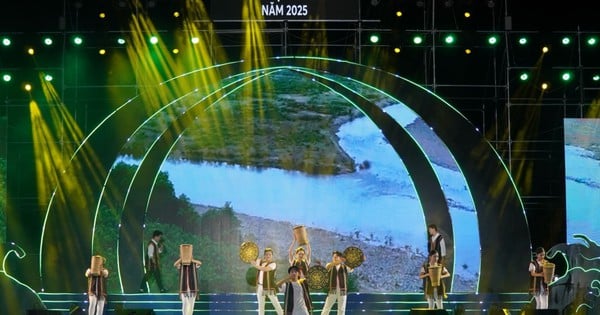





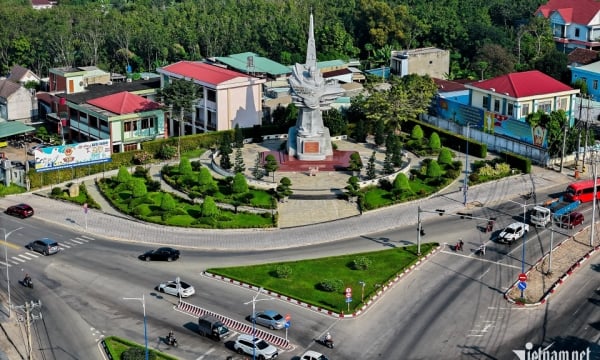


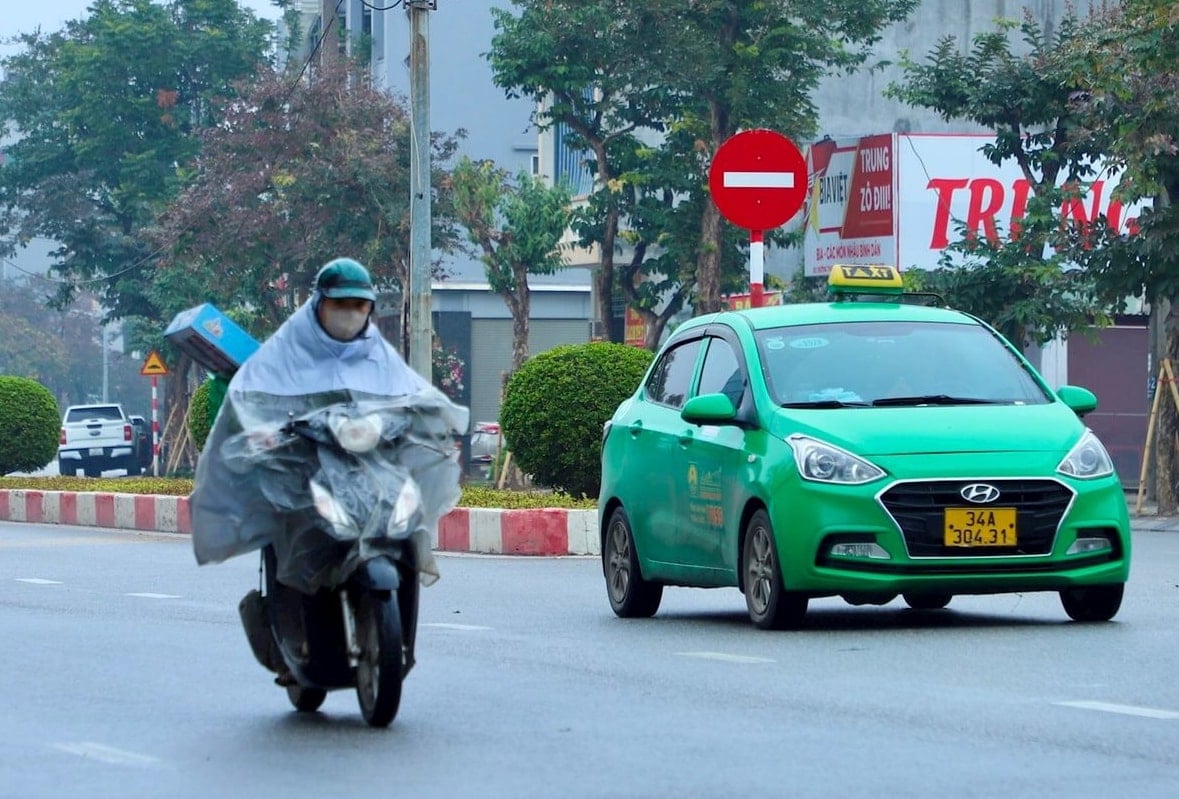












Comment (0)